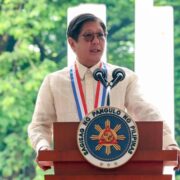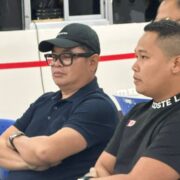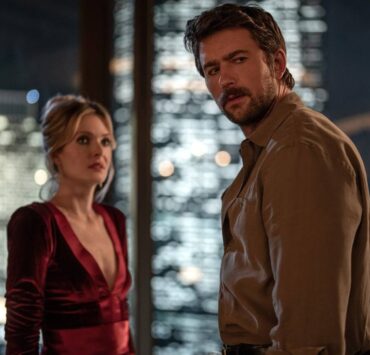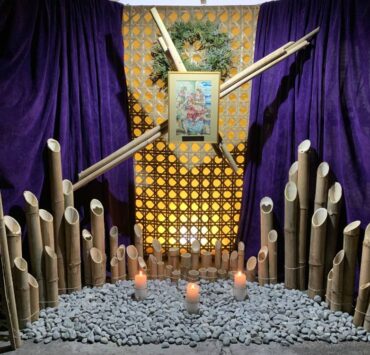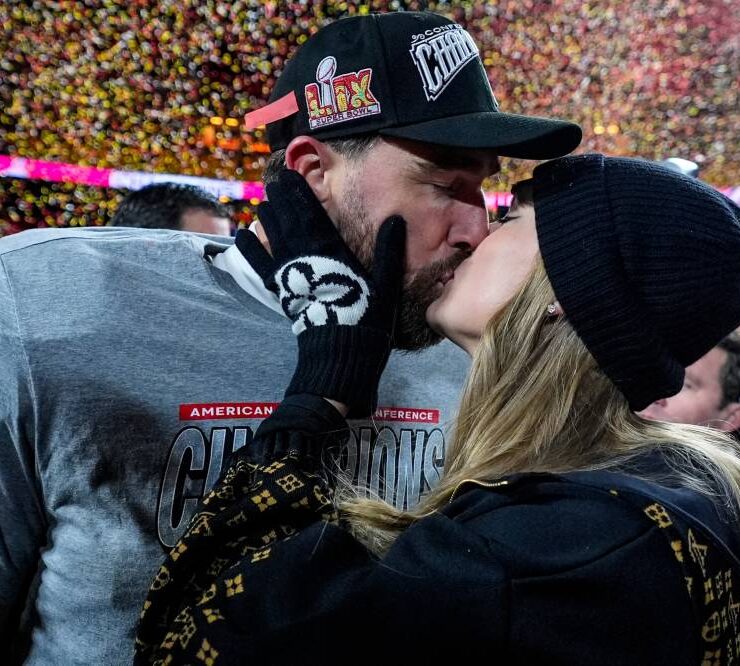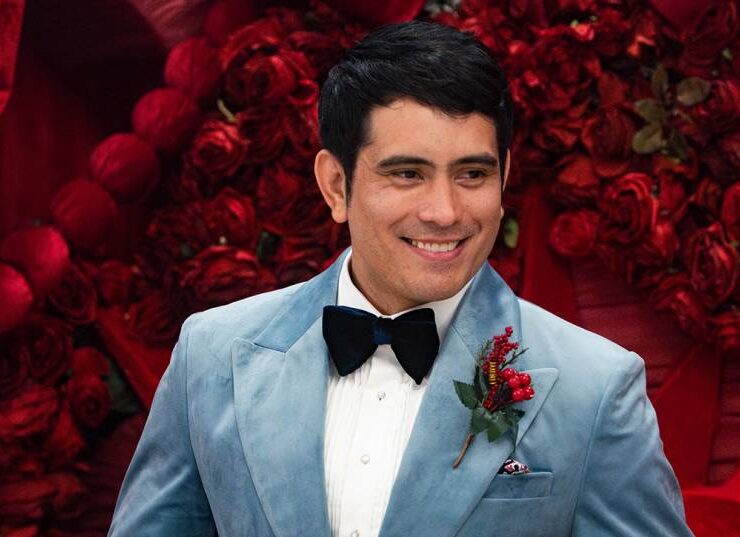J-Hope brings fire, heart, and sunshine to Manila

J-Hope engineered an entire dimension around the stage at his first solo world tour. The “Hope on the Stage” was a masterclass in immersive showmanship, where towering 3D sets pulse with energy, and every beat is stitched together with spectacle and style.
The lighting of the show gave him the spotlight, yes. But it also worshipped him. The jet-black graphics behind him made his fiery red costume pop as if he just stepped out of a comic book, the only real thing to emerge onstage.
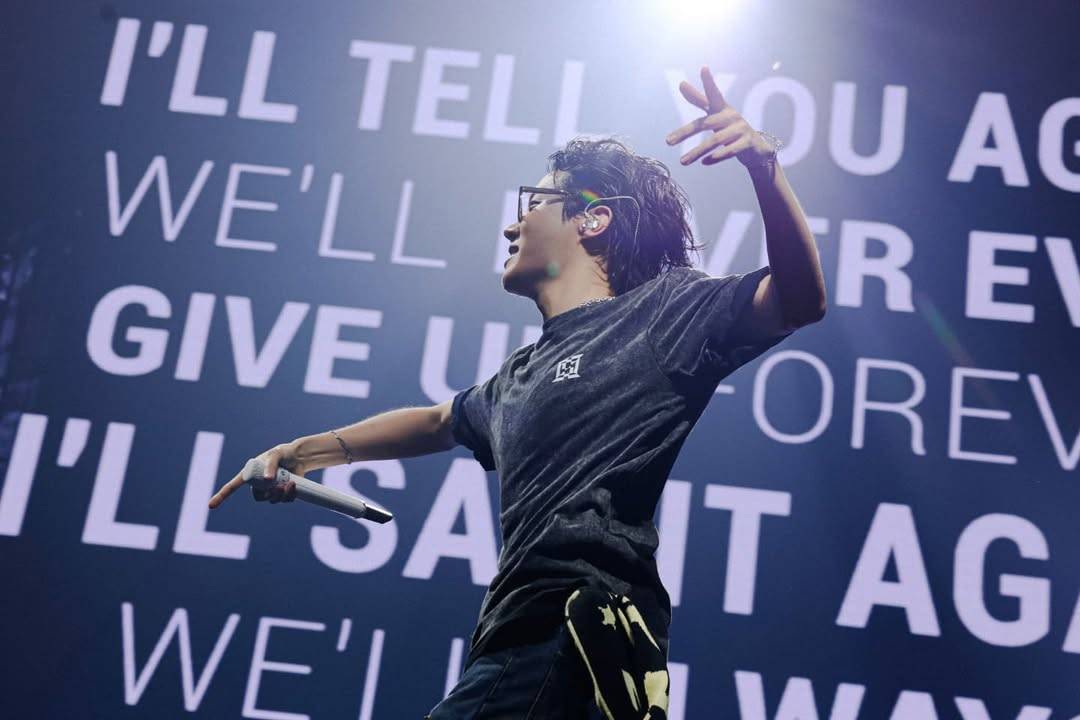
Every step of J-Hope’s concert showed meticulous planning so that when he came out, it felt like all that was left to do was enjoy every second of the love the Army (the name of the BTS fandom—as if you didn’t know) showered upon him.
Whenever the stage erupted in color, confetti, fireworks, and sound, it felt perfectly in sync with the importance of the moment: the first time in almost eight years that a BTS member returned to perform in the country. It was a long-awaited reunion with Filipino Armys and it was an explosive meetup.
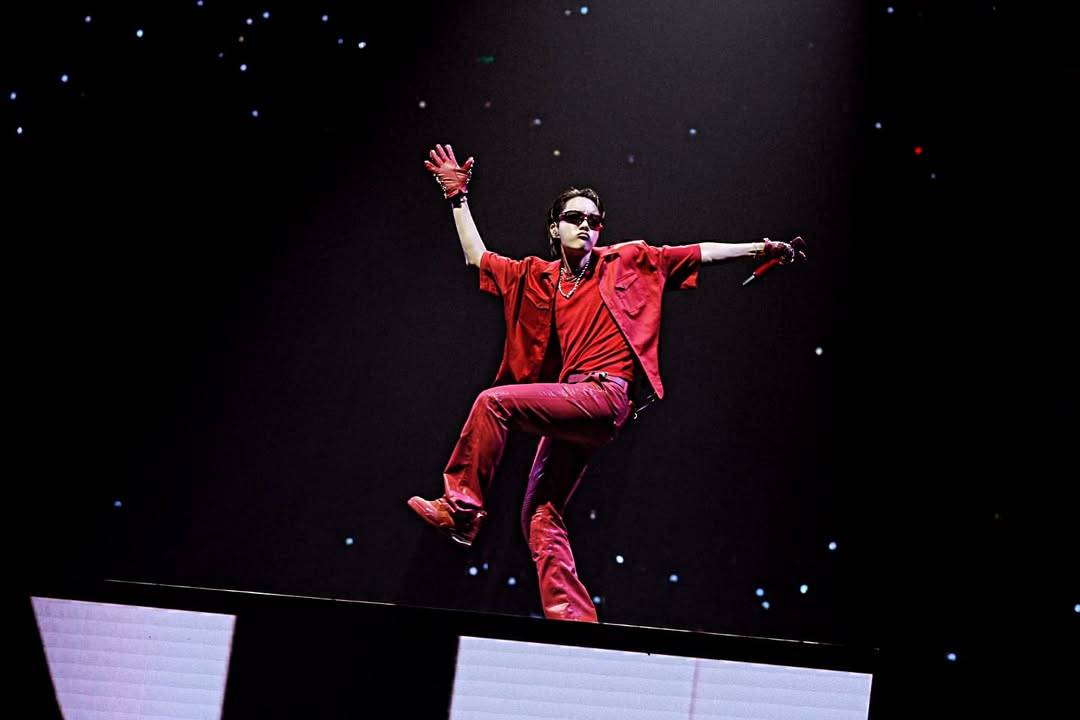
Full force
Fans showed up in full force. They packed the sold-out SM Mall of Asia (MOA) Arena from April 12 to April 13 and they also filled the nearby malls, many of them without tickets but still determined to be part of the milestone. The atmosphere was festive as fans exchanged and gave away freebies, met up with online friends, and posed for photos at sponsor-led photo walls, including those by Smart, located at the UARMYZONE at the Music Hall of MOA. The zone was a fan project brought about by the union of different Army fan bases in the country to provide a space for the fandom.
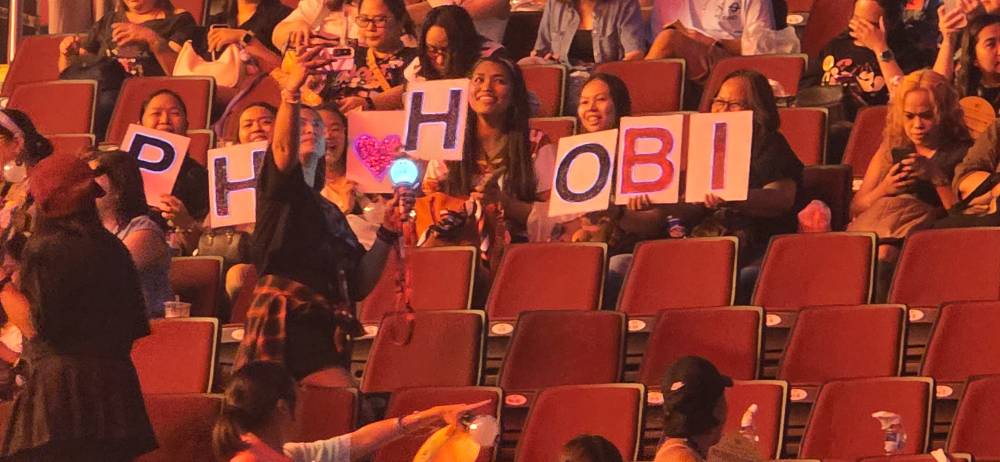
Inside the Arena, Smart provided a photo wall that mirrored the “Sweet Dreams” stage. They also gave away “Hope on the Stage” posters to fans who joined their TikTok challenge.
First notes
The first notes of “What If…” triggered a deafening cheer from the crowd, a Pavlovian response to the long-awaited start of the show. The buildup had been agonizingly sweet, and when J-Hope finally appeared onstage, it offered a rush of relief—like the first breath taken after holding it in for too long.
He meant business, dressed head to toe in bold red, from his tank top and jacket with its scalloped edges to his leather pants, sunglasses, and shoes. Every detail was deliberate: glittering chain necklaces, a bejeweled belt buckle, and gloves that caught the light with every move, flashing like diamond.
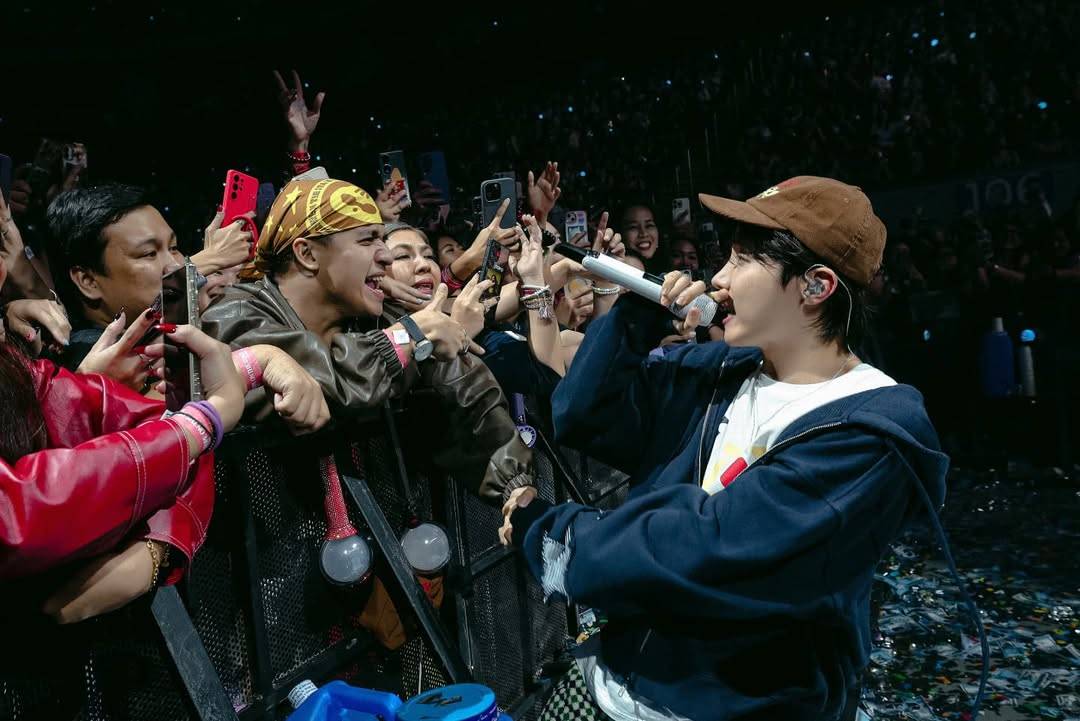
The way the stage rose, veiled in cloth, felt almost like a religious experience—slow, sacred, and utterly hypnotizing. He followed it up with “Pandora’s Box” as the stage transformed into a surreal jester’s playground. Shadows of jesters knocked on the walls of blocks that rose and sank with the rhythm, mirroring J-Hope’s verses. It ended with a haunting silhouette of a single jester cast on the LED screen behind him—lingering as if it were his own shadow.
Thematic sections
This was his style of storytelling, one that didn’t stop at the lyrics, but bled seamlessly into the stage. J-Hope’s show was told from his point of view, divided into five thematic sections that tell of his Ambition, Dream, Expectation, Fantasy, and Wish. It covered his evolution as an artist.
Along with the opening songs are the heart-stopping tracks “Arson,” “Stop,” and “More.” Every song was a visual extravaganza as well as a sonic delight.
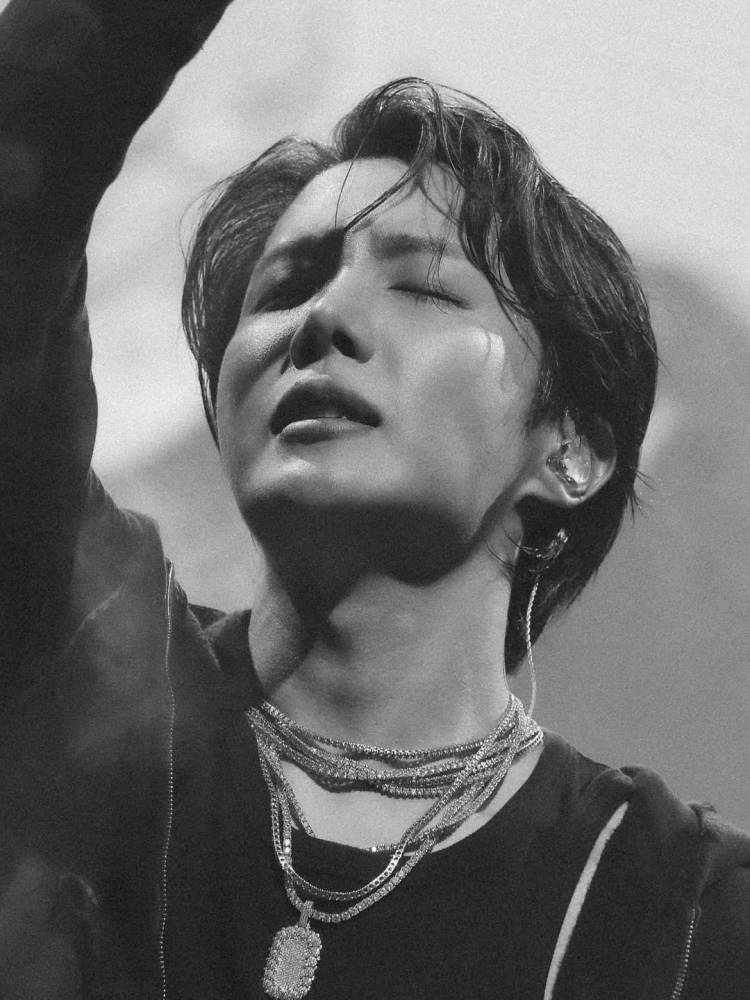
The next section opened with a dance break and a shower of yellow butterfly confetti. J-Hope emerged in hip-hop streetwear—a green jacket and a baseball cap—bringing a fresh, laid-back energy to the stage. This chapter featured tracks like “On the Street,” “Lock/Unlock,” and “I Don’t Know,” offering a breather from the elaborate stage spectacles. Here, the focus shifted to the essentials: J-Hope’s fluid, emotionally textured vocals, and his razor-sharp choreography. He grounded the performance with his brand of sincerity. And then came “I Wonder” which became a collaborative effort between J-Hope and the Army. The audience performed Jungkook’s parts in this song and filled the arena with their sweet voices.
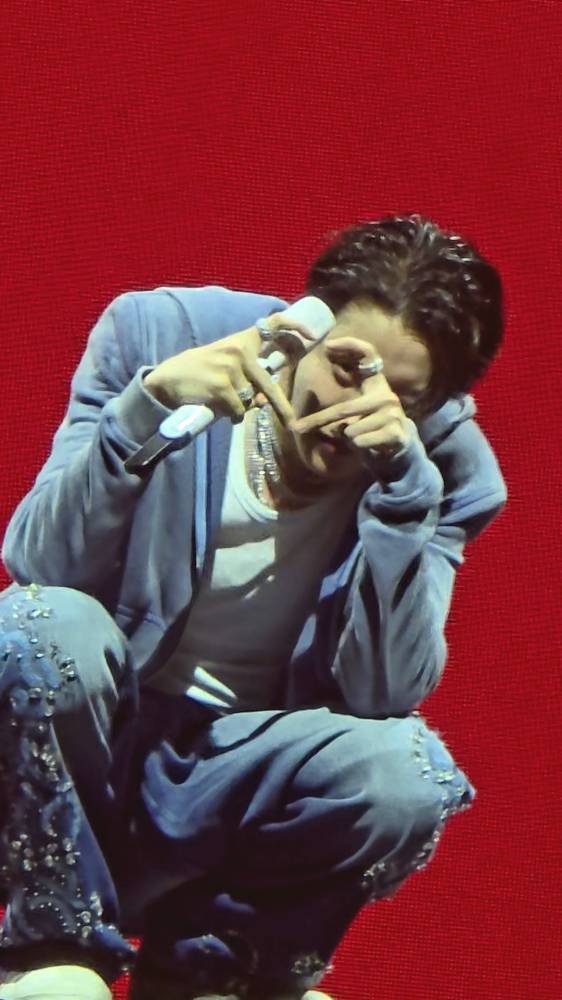
Dreamlike
Smoke created a dreamlike mood for “Sweet Dreams.” Once again, it became a collaboration between artist and audience. J-Hope was soaking it all in, motioning the audience to go on.
“Sing!” he said and the audience complied. His smile grew bigger and he rolled his body with the rhythm, moving his head as if savoring the voices of the fans who love him—and the music he created for them.
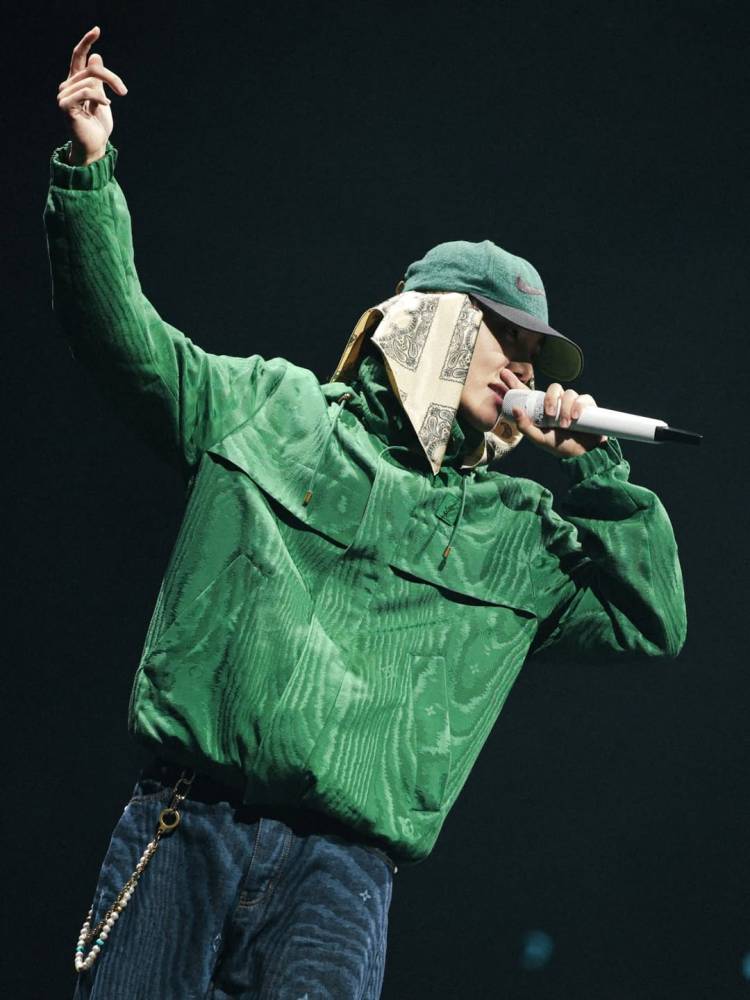
He followed it up with the high-energy crowd-pleaser “Mona Lisa.” The buckle of his belt gleamed, showing the song title spelled out in bold, bejeweled letters. He paired it with a white tee, a denim jacket, and pants.
He rose to the stage with “Hangsang,” appearing almost as if he were floating in mid-air, before
transitioning into “Airplane.” This marked the start of the BTS songs in the set, including “Airplane pt. 2,” “Mic Drop,” “Silver Spoon,” “Dis-ease,” and “Outro: Ego.” True to form, J-Hope also brought the party with “Chicken Noodle Soup,” igniting the crowd with the song’s infectious energy and choreography that had everyone moving with him. It was a party.
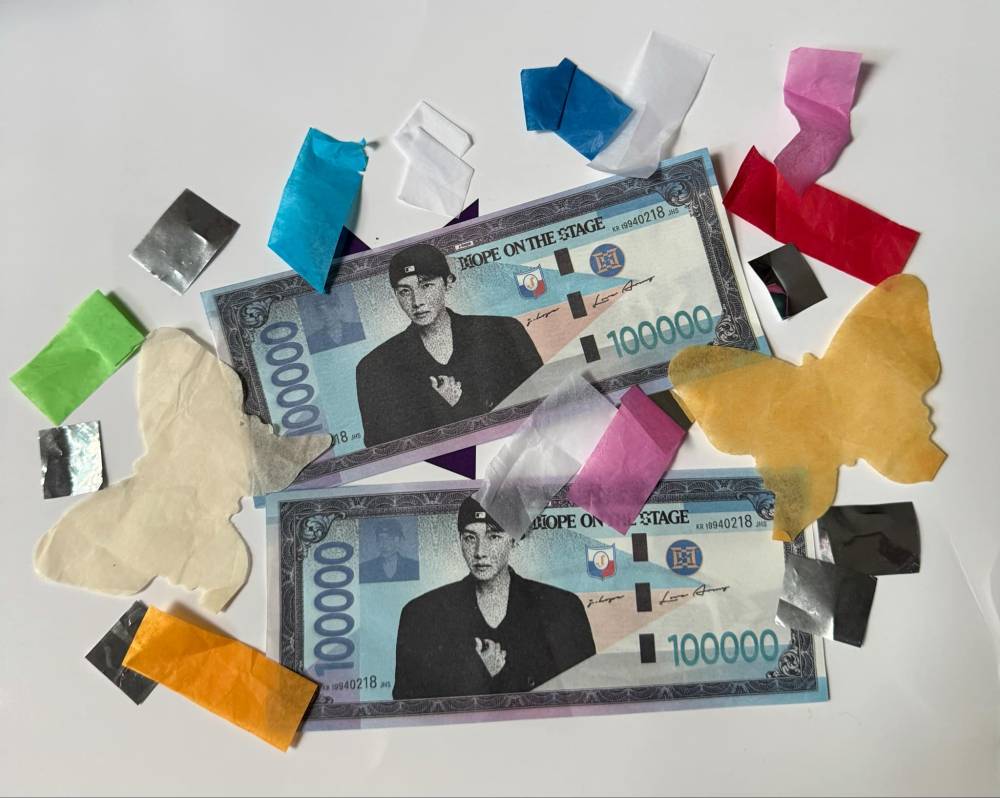
Encore
For the encore, he came out holding a red block, raising it above his head. This was his last magic trick as the stage turned into the red block.
“This is the mini version of the stage,” he said.
And in a sing-song voice, he said, “I’m right here.”
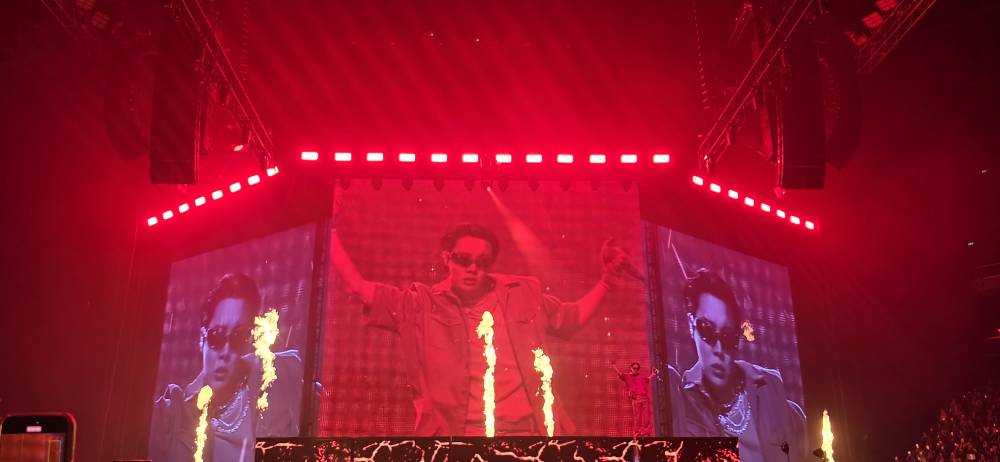
He finished the show off with “= (Equal Sign),” “Neuron,” and “Future.” J-Hope has often been called “sunshine,” and that’s exactly what he brought to Manila—his full, joyful, and unapologetically awesome self that lifted everyone’s spirits. Even the tiny sounds he made when something surprised or delighted him added to his charm. He also gave Filipino ARMYs something more to hold on to: hope, by hinting that he just might bring the rest of BTS back with him.
What made him even more endearing was the effort he put into learning Filipino. He used local phrases sparingly but correctly, winning over the crowd each time. When fans began chanting “Walang uuwi,” he playfully teased them before repeating the phrase himself. And of course, his iconic Hobi Money—bill confetti printed with his face—got a Pinoy makeover, redesigned to resemble the Philippine peso.
It showed the kind of artist he is: intentional, joyful, and deeply connected to his audience. The Armys waited for him for so long, but he made those years of waiting worth it.



